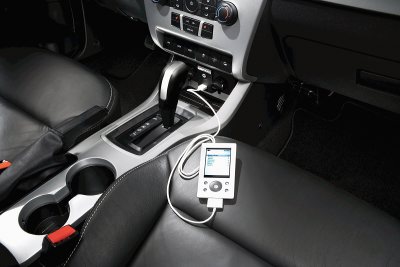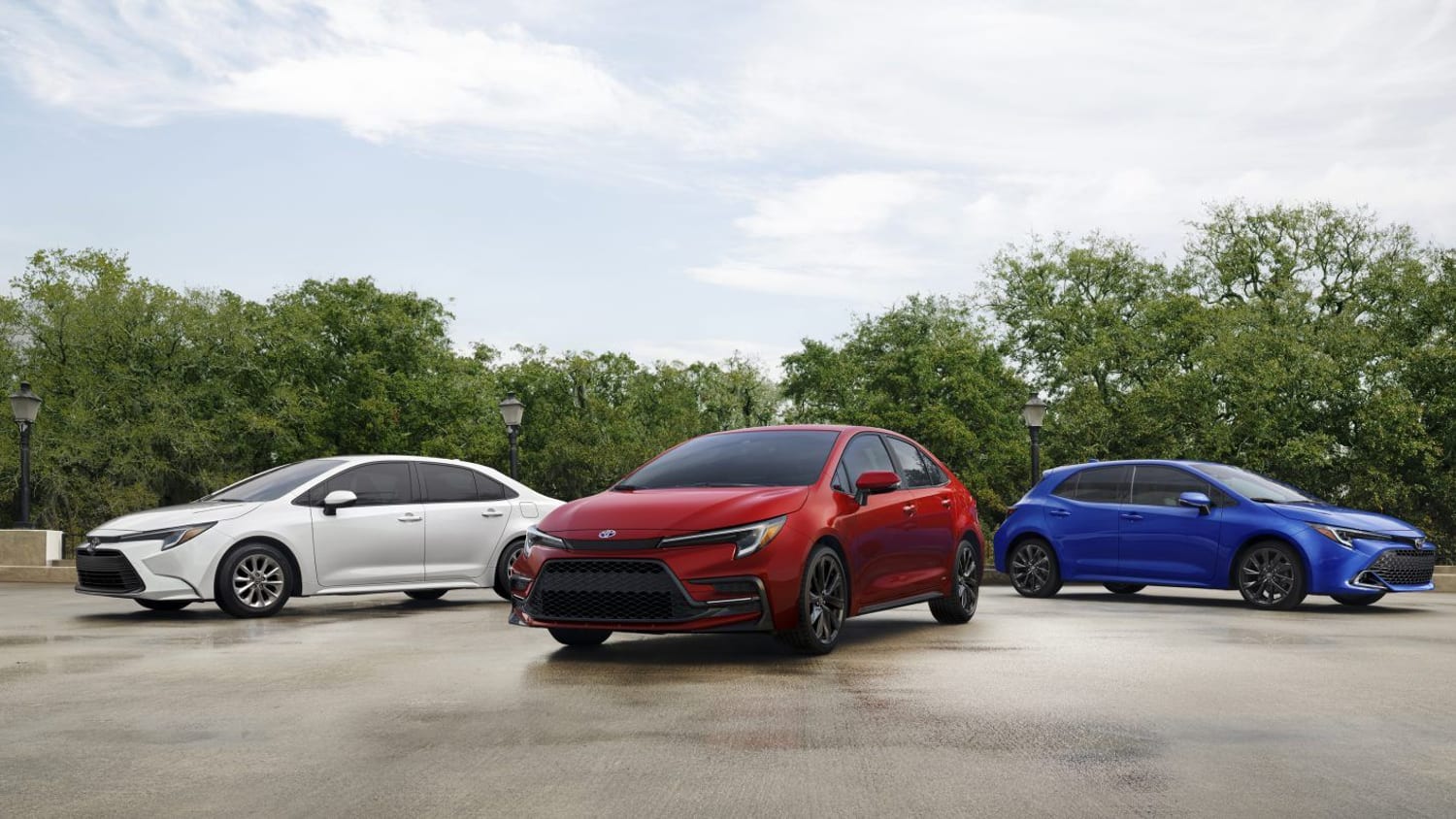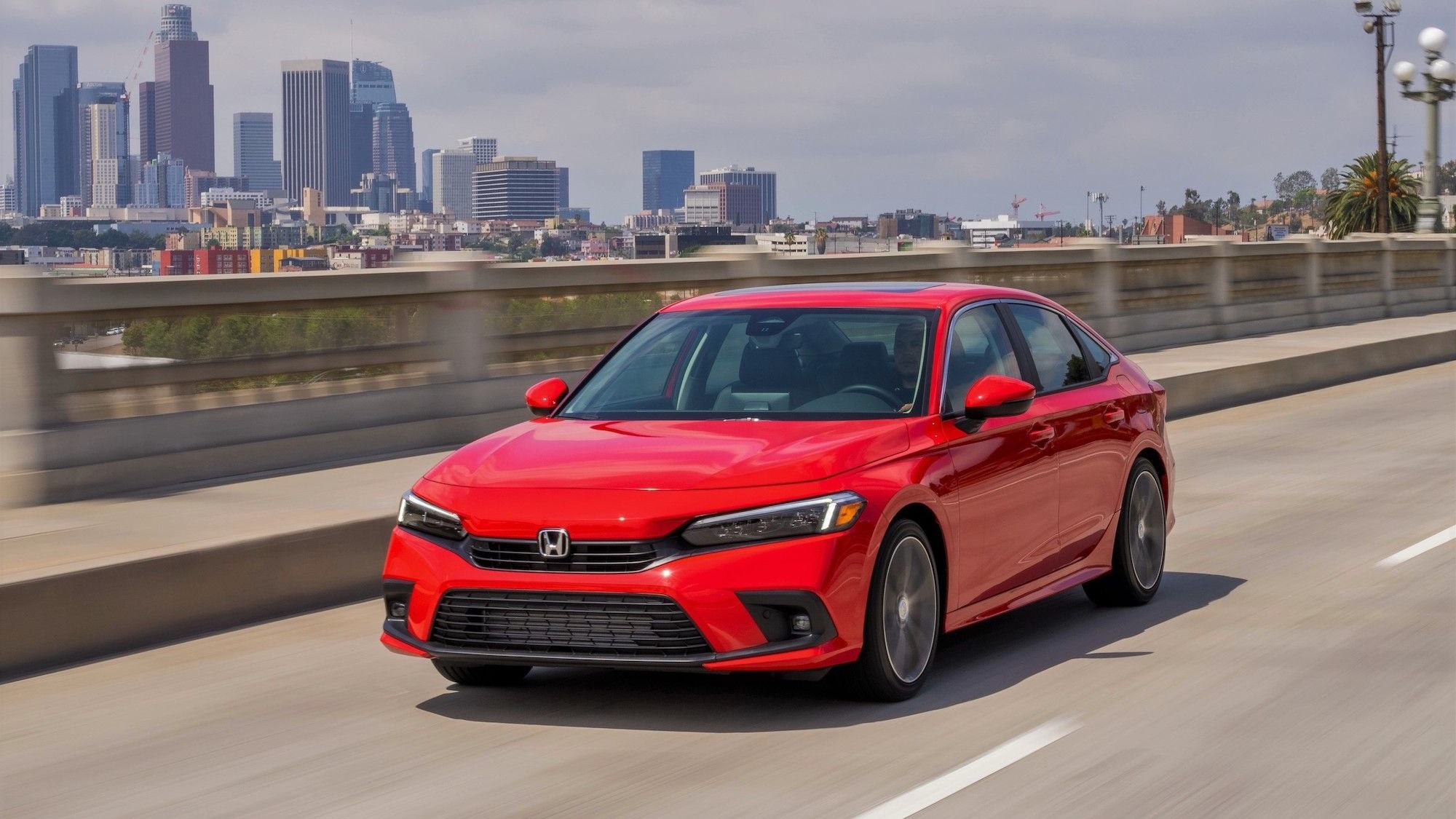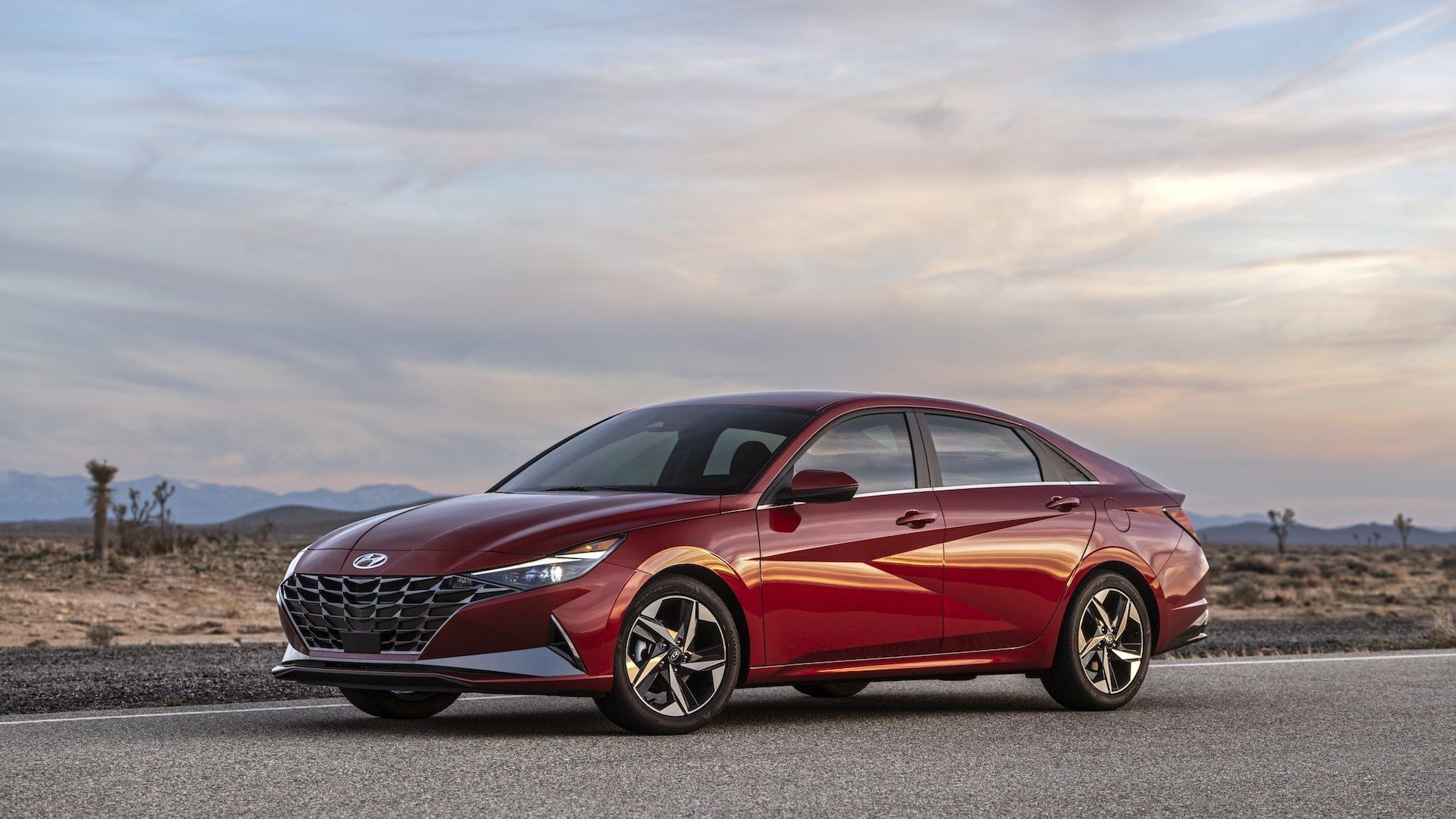
Ford's Oakville assembly line enables WiFi uploading of SYNC software
There were a couple of more interesting articles the past few days involving software in cars. Early last week, Markus Waibul over on the Automaton blog and I both wrote (here and here) on the concept of "car platooning." I also noted in my post the Ford development effort involving a new crash avoidance system that uses advanced WiFi to communicate potential crash information to other vehicles located nearby.
Then on Friday, the New York Times published an article on the "software update/upgrade problem" that car manufacturers are running into. The issue, in short, is how do you keep a car's electronic systems "current" over a long period of time given the rapid technological changes that are happening in the marketplace?
The term "current" has a couple of meanings attached to it. It means first that the totality of the vehicle's software and hardware processing components - which may number close to a hundred in luxury vehicles - are operating as they were intended, individually as well as together. "Current" also means that the components are both "updatable" and "upgradable," meaning that software fixes or new functionality can be added without undue difficulty. And third, "current" is coming to mean car electronic systems that are "highly configurable" by the car's driver.
For instance, the Times's article talks about work being done by Cisco Systems Internet Business Solutions Group on an experimental car dashboard...
"... comprising a triptych of LCD panels instead of conventional dials and gauges. It is essentially one giant touch screen on which iPad-generation drivers can drag and drop instruments, digital gauges and other information displays."
A driver can change the dashboard display to suit his or her desires such as adding gauges like g-force meters or personalized weather reports. You can read more about the Cisco dashboard at this Wheels blog post last year at the Times.
The Time's article notes some of the technology obsolescence risk issues that car manufacturers and suppliers are facing. The first is the risk that whatever software/communications technology is decided upon at the design stage of a new car, when the vehicle is finally manufactured, the technology is already obsolete.
Or as one car supplier nicely summed up the risk, by the time a new model car hits the showroom, "half the companies you designed for will be gone."
Another is that people are tending to hold onto their cars longer. The Times article states that the median age of passenger vehicles on the road is now more than 9 years. This makes keeping a car's electronics "current" a major challenge.
For example, this Brake and Front End article in 2008 states that GM believed at the time that 70% of its cars produced from 1995 onwards needed a flash update to their power train control modules.
Another issue up for discussion, the Times article reports, is how should a car's electronic systems updates/upgrades be handled? Should manufacturers, dealers, independent repair shops or the owners themselves be able to - and be responsible for - upgrading say the software in their cars?
How should updates/upgrades be done? For instance, should every car have a standardized port that enables you to download an upgrade directly into your car via your smart phone?

2009 Ford Focus iPod
And of course, what about all the security issues involved?
In an Australian news story that illustrates some of the points raised in the Times article, the Sydney Morning Herald published an article today about the problems some Toyota vehicles - the Yaris, Corolla, Kluger, Prado, LandCruiser, HiLux and hybrid Prius - are having with their sound systems due to an Apple software update to its iPhones and iPads.
The Morning Herald story states that:
"Toyota has issued a bulletin to its 200 dealers warning of failing sound systems that can be locked if connected to an iPhone, iPod Touch or iPod Nano 6G with the iOS4.1 iTunes software update released in September 2010."
The problem affects sound systems produced by Toyota's audio supplier Fujitsu Ten.
The dealer warning in part states:
"Investigations have revealed that iPhone or iPod operating systems introduced in September 2010 are not compatible with the audio unit and will not allow music playback via the USB interface."
I don't know if this problem has affected the same Toyota vehicles in the US or Europe or whether this is an Australia-unique story. Anyone know?
A fix is being worked on, the Morning Herald reports.
Finally, the Morning Herald published this story (along with video) last week about a pair of Chinese programmers claiming to have found a way to remotely drive a Series-1 BMW using their Nokia smart phone. According to the story - which notes it suspects the whole thing may be a hoax - the pair took twenty days to program the app that turned the BMW into a giant RC race car.
If this is a hoax, anyone want to place a bet on how long it will be before someone makes it happen for real?
This story, written by Robert Charette, was originally posted on IEEE Spectrum, an editorial partner of High Gear Media.

